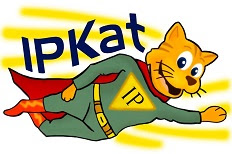GI: does it help?
According to INAPI, ‘sello de origen’ aims to protect and promote typical products and it stimulates entrepreneurship and productive development of communities in the country. The program started back in 2012 where each region in Chile submitted a list of potential products that could be enhanced by this sign. The list then was analysed by a technical committee which started to prioritized products that had potential.
Among other Chilean GIs there are: Limón de Pica (lime); Langosta de Juan Fernández (lobster); Atún de Isla de Pascua (tuna); Cangrejo Dorado de Juan Fernández (crab); Dulces de la Ligua (sweet); Maíz Lluteño (corn). A more recent certificate granted through this program was the certification mark ‘Manos de Isla Negra’ for hand woven material – embroidery; each piece been unique and with a processing time between 2 to 6 months.
GIs are launched as a promoting tool for products but we need to make sure that apart for promoting they still protect - protection not in the IP sense because surely GI works as a distinctive sign which refrains others without right from using it. GIs, as in the case in here, and actually the whole 'sello de origen' covers unique typical products. Usually these products are produced by farmers or small communities where the value given to the product is given by uniqueness. If we push that production because the demand is higher are we potentially destroying it? I am reminded of the Chulucana's case in Peru and Tequila in Mexico. Do you know any other cases?













